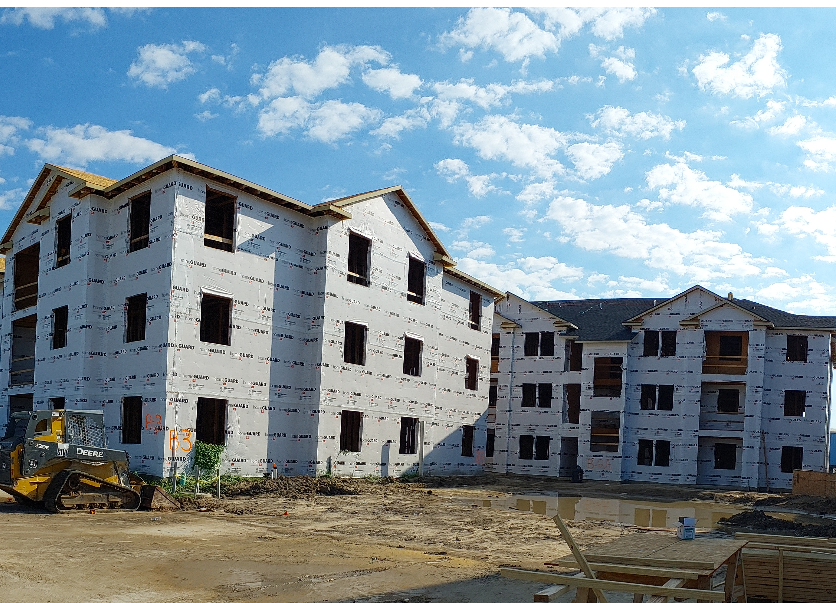 While the workforce is returning to some semblance of normalcy, the near-term and future of office space layouts are sure to experience some dramatic changes. Some companies are opting to work remotely for the remainder of 2020, but for others it is important for employees to be collaborative and work together as a team. For such companies, it is importing they consider redesigning the office to make work place safer for everyone.
While the workforce is returning to some semblance of normalcy, the near-term and future of office space layouts are sure to experience some dramatic changes. Some companies are opting to work remotely for the remainder of 2020, but for others it is important for employees to be collaborative and work together as a team. For such companies, it is importing they consider redesigning the office to make work place safer for everyone.
Over the past few years, offices have been focused on cramming more people into smaller areas, while promoting an open, collaborative work environment. Now with the COVID-19 pandemic, employees want to see safety measures put in place to protect themselves from others. While masks and social distancing are obvious precautions, implementing them in a closed office environment can be a bit more challenging.
Testing, Monitoring and Cleaning
Retail operations have already implementing testing and monitoring stations, but workers returning to the office should expect similar measures. Contactless temperature checks, hand sanitizer stations and daily health checks help keep employees safe. Janitorial services should be increased to regularly clean and disinfect surfaces that are regularly touched by employees and customers.
Staggered Work Schedules
Alternating work days is a frequently used method to minimize employees on-site. The main concept is that half of the employees come in one day while the other half works from home and then they switch. This can be every other day or staggered to what makes sense for optimal operations. This can also be applied to staggering shift times, break times or working irregular schedules such as weekend operations.
Social Distancing
While reducing in-house staff seems like a good solution, there isn’t always a good replacement in in-person meetings. Fortunately, companies can implement social distancing in office in several ways. These include, limited gatherings, larger cubicles (or cubicles with higher walls), reduced density, wider corridors and designing one-way foot traffic areas. Seating, furniture and workstations can all be moved to a distance of six feet between one another. Some of these measures are easier to implement than others, but each should be considered to help protect employees. When more direct interaction with other employees or customers is required, Plexiglas or physical barriers should be installed to create a safer environment.
Touchless Technology
With the advancements in smart home technology, sensors and voice activated controls can be added to offices more easily today than in the past. Motion sensors for lighting are simple to implement and in the restroom, touchless sinks and soap dispensers are already common. Other possibilities are doors that open automatically and touchless elevator controls controlled by an app can help reduce surfaces touched by large numbers of employees.
Other Considerations
For companies that are able to perform larger renovations, improved air filtration, increased air flow and perhaps even a complete office layout redesign may be in order. When feasible, open doors and windows to allow outdoor air to circulate through the office. Anti-microbial materials like copper can be applied to exit doors, railings and other commonly touched surfaces. While less commonly known, ultraviolet germicidal irradiation can be installed in common areas to help minimize airborne viruses. Companies should also discourage handshakes and promote the use of outdoor seating areas for small group activities.
Employees have a reasonable expectation to be safe at work and have their companies implement social distancing, touchless technology, testing and other measures in place before returning to the workplace. While hopefully this will be a short-lived phenomenon, the new practices implemented in the office will help all of us be healthier.






